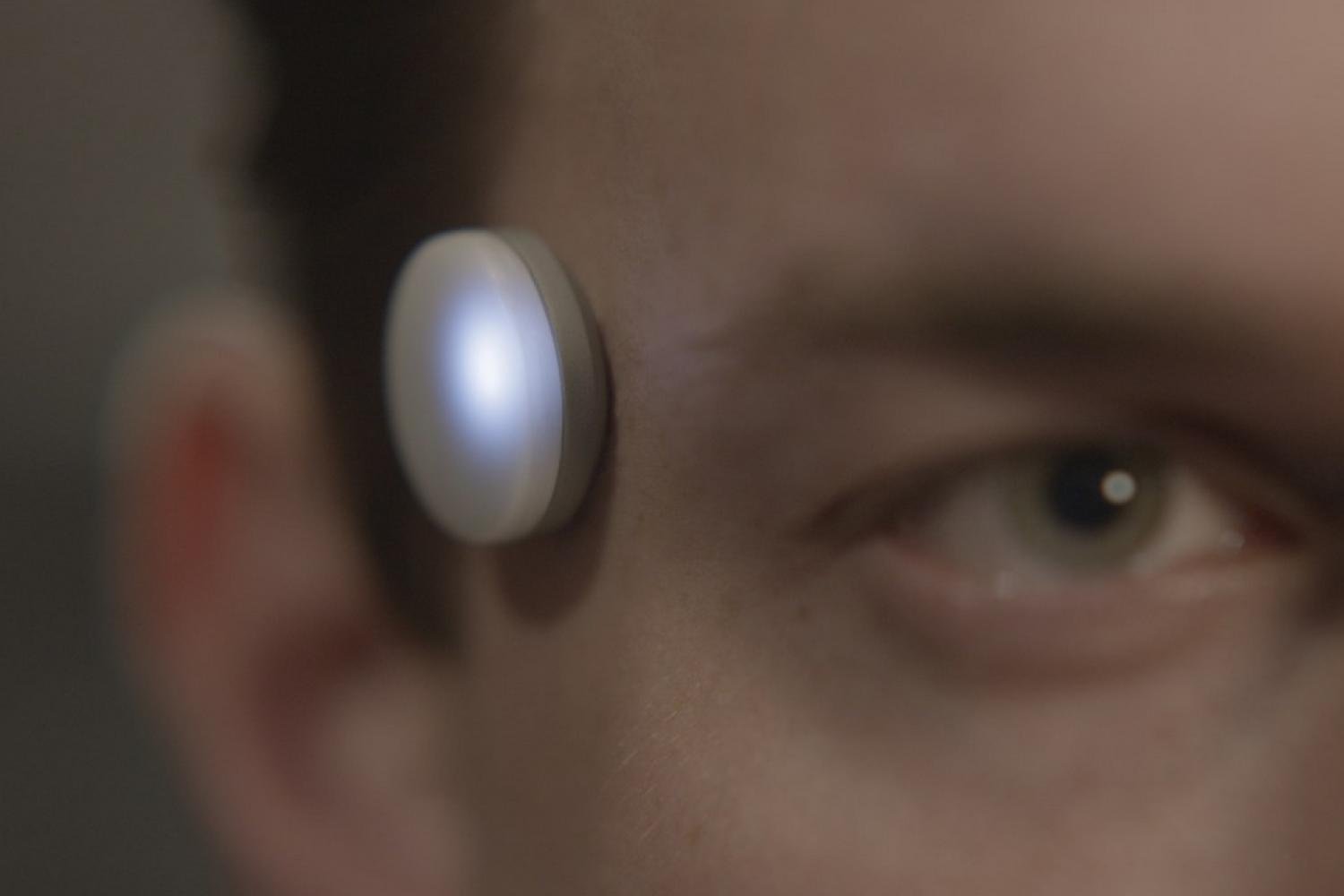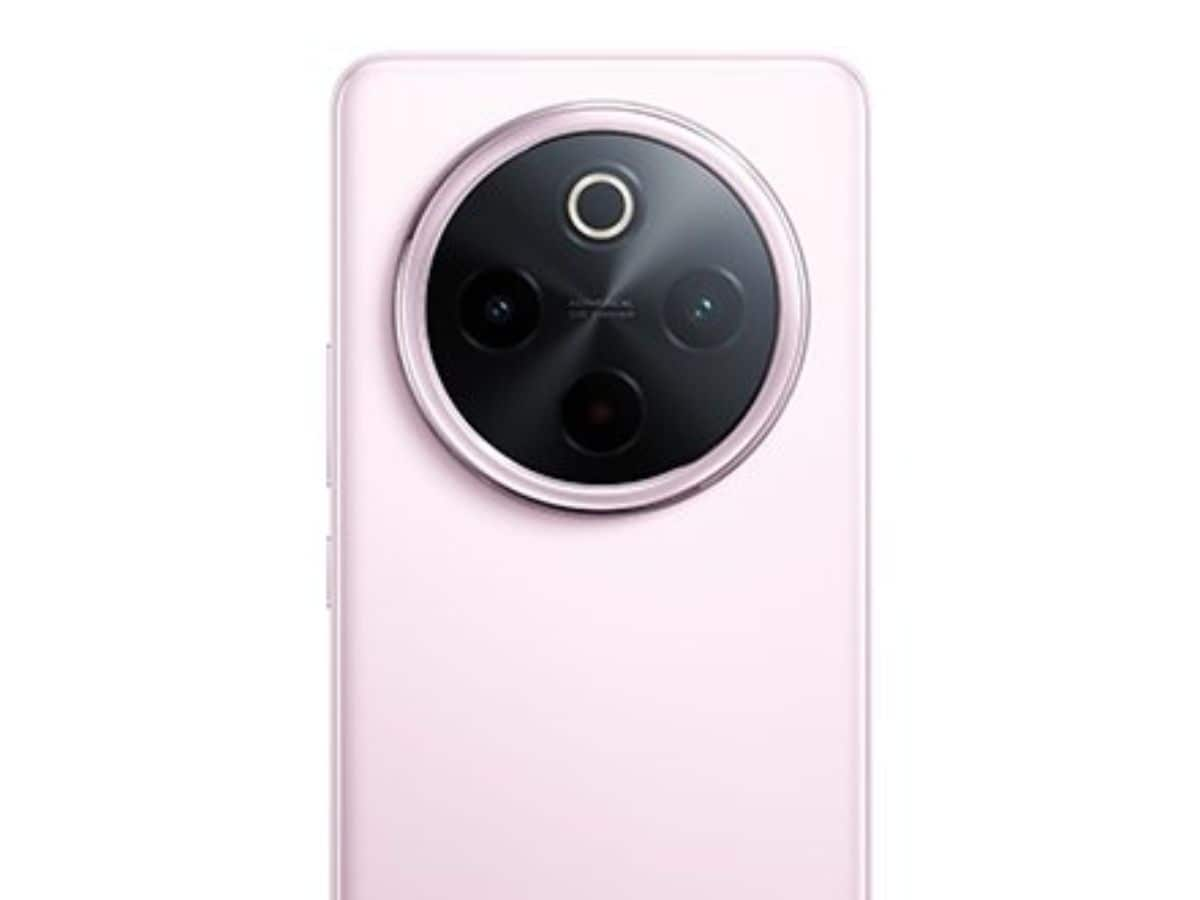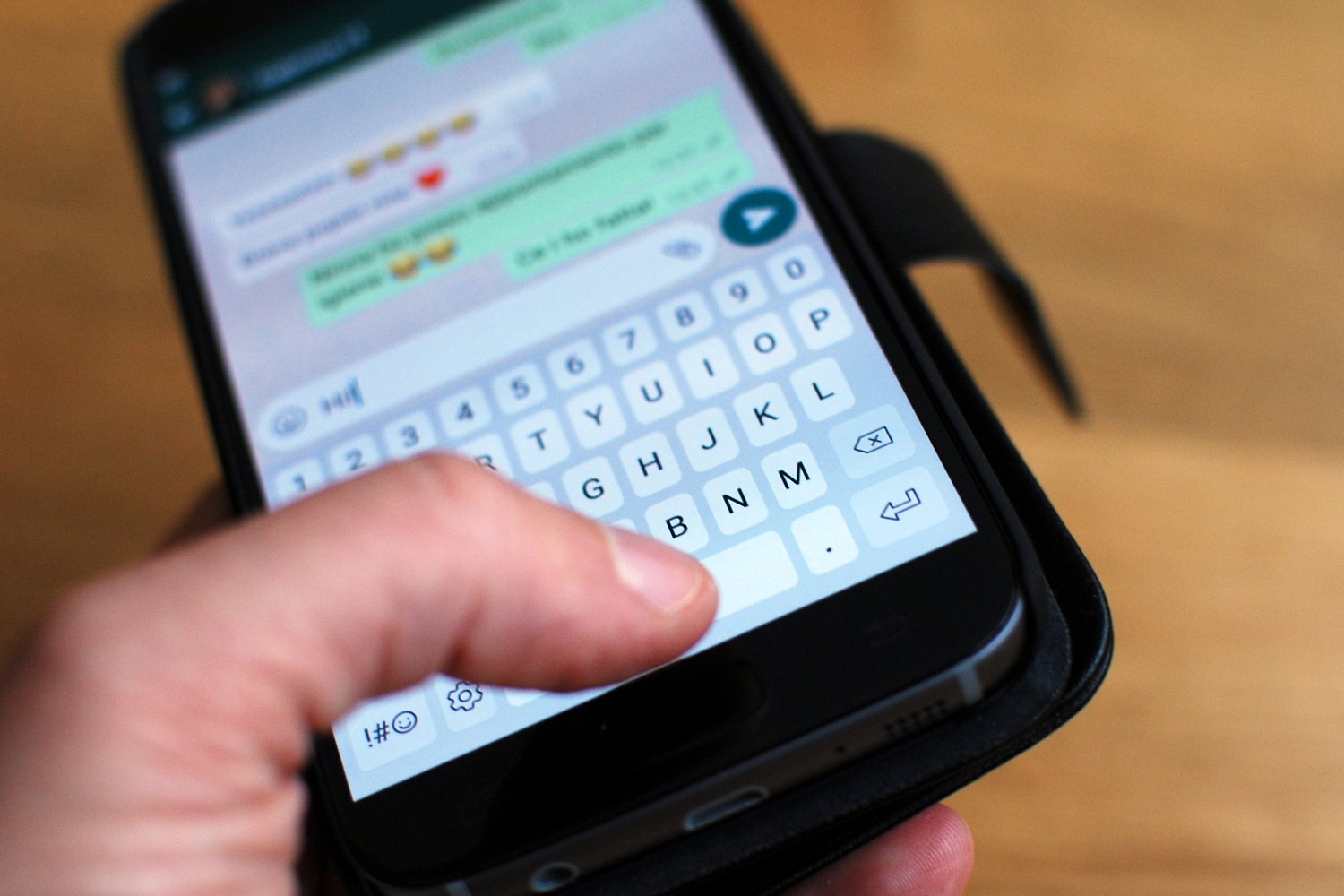After the Rabbit or the AI Pin from Humane, a new player has just launched into the segment of wearables boosted with machine learning: at CES 2025, Omi, an American startup which also hopes to increase the productivity of its customers with a gadget based on artificial intelligence.
The product in question is a small round device the size of a large coin which is supposed to accompany the user on a daily basis. It seems intended to be attached to a chain in order to be able to wear as a pendantbut for those who want to adopt a vaguely cyberpunk look, the company also says it can be fixed on the temple using medical adhesive tape, as evidenced by this promotional photo which has caused a lot of talk in recent days.
But despite its rather futuristic aesthetic, the Omi is a rather classic device that looks a lot like other AI assistants that have started to hit the market in recent months. In practice, this is a interface equipped with a microphone which allows interaction with an LLM (pour Large Language Modelor large language model) in order to answer questions, summarize conversations, add deadlines to a virtual calendar, and so on. In this case, it is GPT-4o, the essential OpenAI model that powers the current version of ChatGPT.
On the other hand, it stands out slightly from its competitors because of the way it interacts with the user. Unlike objects like Humane’s AI Pin whose claimed objective was to completely replace our smartphones, the Omi is specifically designed to work closely with these devices. When its microphone detects a sentence that resembles a request, whatever it may be, it directly sends a notification containing a response to the smartphone to which it is paired.
A touch of brain-machine interface
However, this operation requires that the microphone be permanently active. In this case, how is the Omi able to differentiate between a request addressed to it and a conversation between its bearer and another individual? This is where the other particularity of this gadget comes into play. According to the startup, it is equipped with an electrode that allows it to interpret brain waves to determine whether he is speaking to his assistant or another human. In other words, it is a extremely rudimentary version of a brain-machine interface, medical devices such as those from Neuralink or Synchron which are implanted directly in contact with the brain.
Will this detail weigh sufficiently heavily in the balance to allow the Omi to impose itself where all other AI assistants have failed? This seems unlikely as it stands.because as soon as we take a step back, it suffers from exactly the same shortcomings as its competitors — starting with privacy issues.
But we have to admit that this brainwave-based approach is rather intriguing. Once this technology matures, it will be interesting to see if it could finally bring real added value to these devices, the relevance of which remains very questionable at the moment. But it could also have the opposite effect; we imagine that ordinary mortals are likely to be very hesitant about the idea of opening the doors of their brain to the LLM of a large American company… All bets are off!
🟣 To not miss any news on the WorldOfSoftware, , .













